Mani Region
picturesque peninsula with austere landscape, stone houses and towers
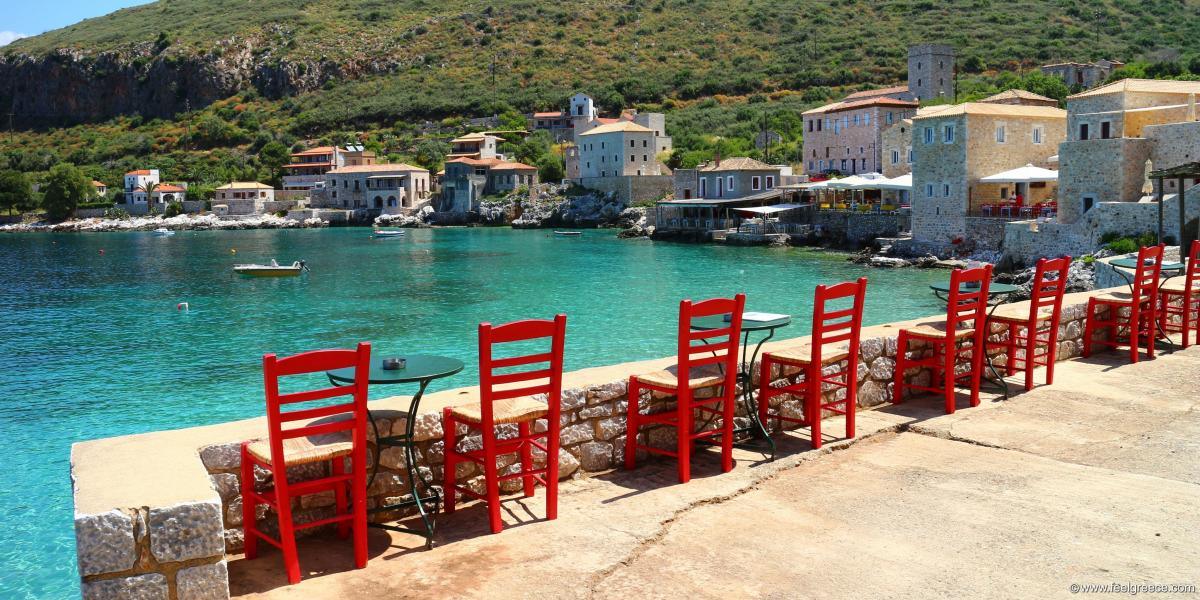
Mani Region
Actually, Mani is part of Laconia region in Peloponnese although it spreads a bit to Messinia region in the north, but due to the large area it occupies and to the differences in architecture, it could be considered a separate region.
Mani is like no other place in Greece and enchants visitors with its austere landscape, glorious towers and houses which look like real fortresses. All buildings, even the luxury hotels and villas, are built or restored in the specific Maniot style, made of stone and wood and hard to distinguish from Medieval strongholds. While walking in Mani the feeling that knights and fairies would come out of every corner is present almost all the time.
Mani occupies the southernmost middle peninsula of Peloponnese and comprises of:
- Outer Mani (Exo Mani) - the Messinian part of Mani, from Areopoli to Kardamyli in the north
- Inner Mani (Messa Mani) - the south part from Areopoli to Cape Tenaro, also known as Deep Mani
- Lower Mani (Kato Mani) - in the northeast, where the town of Gythio is located
The intriguing history of Mani
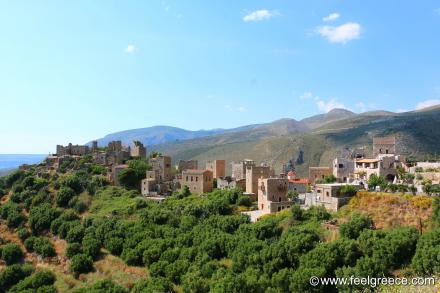
The most authentic part of Mani is Inner Mani where the architecture is entirely dominated by the Maniot style. Mani history dates back to antiquity. The local residents believed to be descendants of the Dorians and they had reputation of fierce and bellicose people who lived in fortified houses and villages.
In the course of years when the Franks, Italians, Venetians and Ottomans invaded Greece and particularly Peloponnese in various periods, the Maniots managed to gain some sort of self-government and partial independence. Each village in Mani consisted of a separate neighborhood (”mahalas” in Greek) dominated by a family called clan. It was very often for the clans to be at war against each other and blood vengeance was severе and widely practiced. Each village stood for itself and women took part in the fights along with men. No matter the cruel battles between neighbors, each man of the clan chose a wife from another clan to avoid incest and to conclude temporary armistice. Even today some villages in Mani comprise of 10-15 houses only and the neighbor village is just 3 km away.
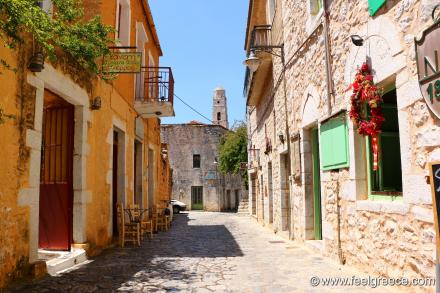
The only time when the Maniots united together was to disobey to the Turks who found it very difficult to conquer the area. Finally the Turks came to the conclusion that they should allow Mani some kind of self-governance in order to avoid troubles with the clans and thus the era of the Beys came. The Beys were dominating Maniots who had to collect taxes and keep order among the local population. There were eight Beys between 1776 and 1821 but the most famous of them was the fearful Petros (Petrobeis) Mavromichalis from the area of Areopoli. Although he was expected to assists to the Turks, Mavromichalis succeeded to organize many revolts against them.
Beaches of Mani
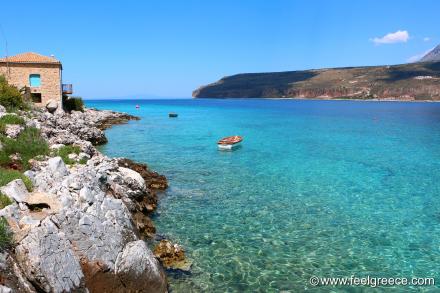
The beaches of Inner Mani are predominantly small and pebbled but very picturesque, with transparent blue water. Such are the beaches of Limeni, Mezapos, Gerolimenas and Porto Kagio. The largest beach in the southernmost part of the region is Marmari and in contrast to the rest, it is entirely sandy.
Sandy beaches suitable for family sea holidays can be found around Kardamyli and Stoupa to the west, and around Gythio to the east. The beach of Kalogria in Stoupa is considered one of the most scenic beaches of Peloponnese.
What to see in Mani?
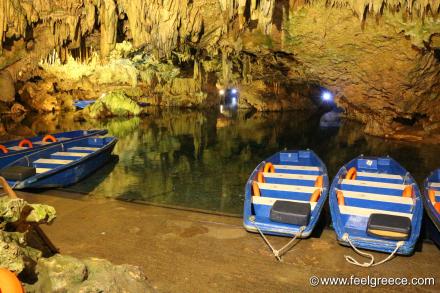
While in Mani, do not miss to visit the following places:
- The town of Areopoli
- The ports of Limeni and Gerolimenas where the vivid blue color of the sea contrasts to the stone buildings
- Vathia, small village on a hill with sea view and some abandoned houses which you can visit
- Cape Tenaro, the southernmost point of mainland Europe and the Sanctuary of Poseidon Tenaros
- The Diros Caves near Areopoli
- Mezapos beach with big sea caves in the rocks which you can explore swimming (when not windy), and view to Kastro Tigani
- Porto Kagio, a small cove with port in the southernmost part of Mani where a few hotels offer escape from civilization
- The town of Gythio which although part of Mani, has Venetian-style architecture and nice promenade around the port